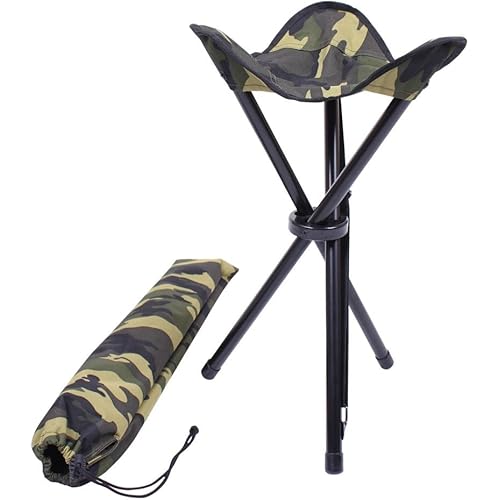

Buy Now, Pay Later
- – 4-month term
- – No impact on credit
- – Instant approval decision
- – Secure and straightforward checkout
Ready to go? Add this product to your cart and select a plan during checkout.
Payment plans are offered through our trusted finance partners Klarna, PayTomorrow, Affirm, Afterpay, Apple Pay, and PayPal. No-credit-needed leasing options through Acima may also be available at checkout.
Learn more about financing & leasing here.
This item is eligible for return within 30 days of receipt
To qualify for a full refund, items must be returned in their original, unused condition. If an item is returned in a used, damaged, or materially different state, you may be granted a partial refund.
To initiate a return, please visit our Returns Center.
View our full returns policy here.
Recently Viewed
Description
Go back to basics—compost, raising chickens, water and irrigation, dealing with pests, and much more—with this unique, full color bestseller (over 400,000 sold). Mini Farming describes a holistic approach to small-area farming that will show you how to produce 85 percent of an average family’s food on just a quarter acre—and earn $10,000 in cash annually while spending less than half the time that an ordinary job would require. Even if you have never been a farmer or a gardener, this book covers everything you need to know to get started: Buying and saving seedsStarting seedlingsEstablishing raised bedsSoil fertility practicesCompostingDealing with pest and disease problemsCrop rotationSelling your produce arm planning, and much more. Because self-sufficiency is the objective, subjects such as raising backyard chickens and home canning are also covered along with numerous methods for keeping costs down and production high. Materials, tools, and techniques are detailed with photographs, tables, diagrams, and illustrations. Read more Read less
Publisher : Skyhorse; Illustrated edition (April 1, 2010)
Language : English
Paperback : 240 pages
ISBN-10 : 1602399840
ISBN-13 : 46
Item Weight : 2.39 pounds
Dimensions : 8.5 x 0.8 x 11 inches
Best Sellers Rank: #582 in Books (See Top 100 in Books) #1 in Garden Design (Books) #1 in Sustainable Agriculture (Books) #2 in Organic & Sustainable Gardening & Horticulture
#1 in Garden Design (Books):
#1 in Sustainable Agriculture (Books):
Frequently asked questions
To initiate a return, please visit our Returns Center.
View our full returns policy here.
- Klarna Financing
- Affirm Pay in 4
- Affirm Financing
- Afterpay Financing
- PayTomorrow Financing
- Financing through Apple Pay
Learn more about financing & leasing here.























